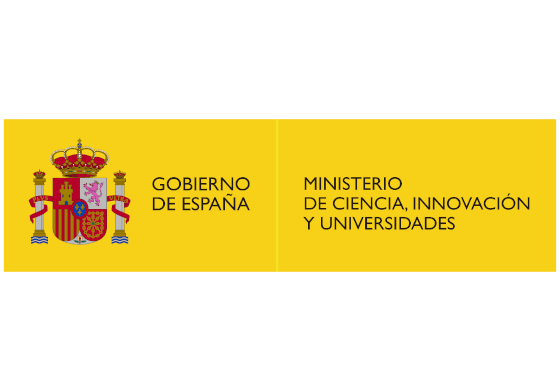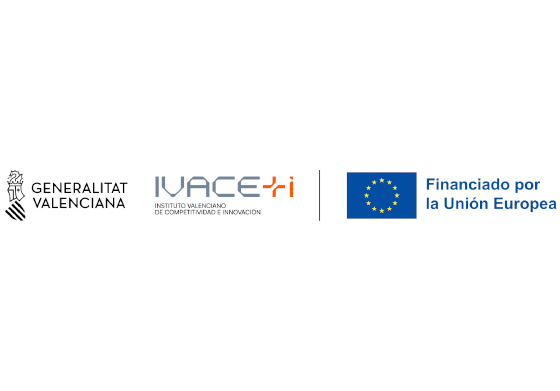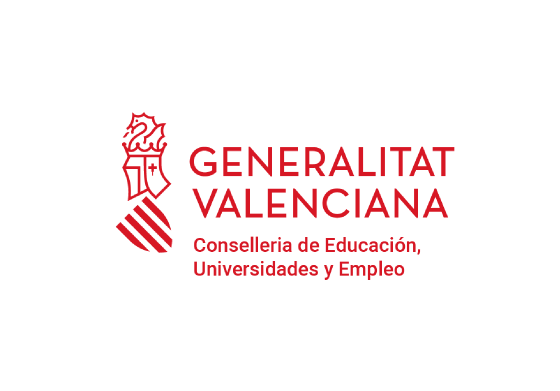Title: PHOTO-ELECTROCATALYTIC ROUTES FOR LONG-TERM SUSTAINABLE HYDROGEN STORAGE
Acronym of the project: PECATHS
Funding entity: EUROPEAN COMISION
Modality: HORIZON-CL5-2024-D2-01-04 / HORIZON-CL5-2024-D2-01 CROSS-SECTORAL SOLUTIONS FOR THE CLIMATE TRANSITION
Entity code: 101191948
UJI accounting code: 24I505
Principal researchers:
Total amount: 725.853,00€
Involved researchers:
Acronym of the project: PECATHS
Funding entity: EUROPEAN COMISION
Modality: HORIZON-CL5-2024-D2-01-04 / HORIZON-CL5-2024-D2-01 CROSS-SECTORAL SOLUTIONS FOR THE CLIMATE TRANSITION
Entity code: 101191948
UJI accounting code: 24I505
Principal researchers:
- Jose Mata
- Francisco Fabregat-Santiago
Total amount: 725.853,00€
Involved researchers:
- Rosario Vidal
- Elena Mas Marzá
- Iván Sorribes
Summary/Abstract:
PeCATHS is committed to developing an integrated long-term energy storage system utilizing hydrogen in the form of liquid organic hydrogen carriers (LOHCs), coupled with innovative biomass conversion. This approach enables the direct transfer of hydrogen from biomass to LOHCs
without the hydrogen gas production, while simultaneously generating high-value chemicals. By integrating chemical and energy sectors, the project aims to synthesize platform chemicals and achieve long-term energy storage in liquid form, enhancing both the sustainability and efficiency of energy systems.
A major advantage of LOHC technology is its ability to transform hydrogen gas into a stable liquid energy carrier, significantly facilitating the storage, transport and distribution. To tackle the economic challenges associated with this technology, PeCATHS employs a cost-effective strategy
that utilizes biomass as a hydrogen source and solar power as a renewable energy source. This method allows for the direct integration of hydrogen into LOHCs without the complexities of gas compression and storage, thereby reducing costs and enhancing competitiveness against conventional energy storage systems.
PeCATHS addresses the critical need for sustainable and viable energy storage, transport, and distribution solutions through the use of advanced (photo)electrocatalytic transformations. This project not only aims to reduce operational costs but also seeks to contribute to the development of sustainable energy infrastructures vital for future energy networks. 









